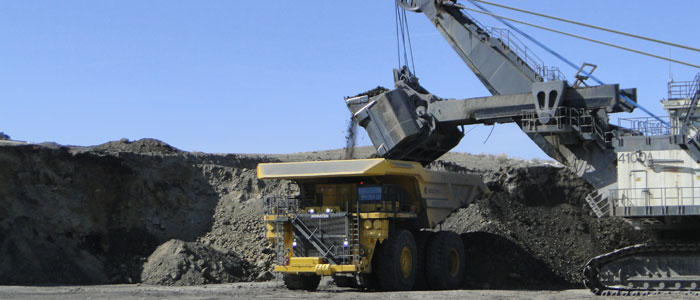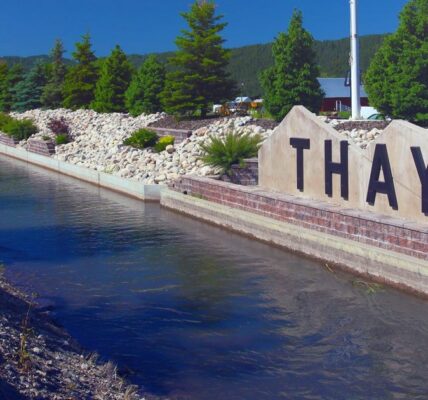Study assesses critical mineral potential in Kemmerer Coal Field deposits
◆ The goal is to establish a baseline dataset.
Provided by the Wyoming State Geological Survey
A new WSGS project kicked off this summer assessing the critical mineral potential of coals in the Kemmerer Coal Field.
The goal is to establish a baseline dataset of the trace element geochemistry of samples in order to better understand them as potential hosts of critical and strategic minerals.
The project includes characterization of the field’s coals and bounding beds, including underclay, roof rock, and clay-rich partings. Investigations of coals and coal by-products as potential critical mineral sources have become a popular field of study over the past few years, with a particular emphasis on rare earth elements.
Recent studies have also shown promising levels of critical mineral enrichment in underclays and partings, not just coals. Scarce critical mineral data for Wyoming coal fields presents an opportunity to evaluate these deposits in-state.
Fieldwork was completed in August, and targeted the Frontier and Adaville formations in Lincoln County.
More than 60 samples were collected from local outcrops around Kemmerer and from the Kemmerer Mine.
Over the next few months WSGS geologist Kelsey Kehoe and contract geologist Garrett Gay will complete geochemical analyses in cooperation with the University of Wyoming’s Geology Department.
WSGS geologists hope to eventually expand this project in order to create a broader database of baseline trace element data of Wyoming coals.
This WSGS project presents an opportunity to conduct complimentary work alongside the University of Wyoming’s School of Energy Resources, who is working on rare earth element studies of coal and coal products in the Powder River Basin as well as at the Kemmerer Mine.






